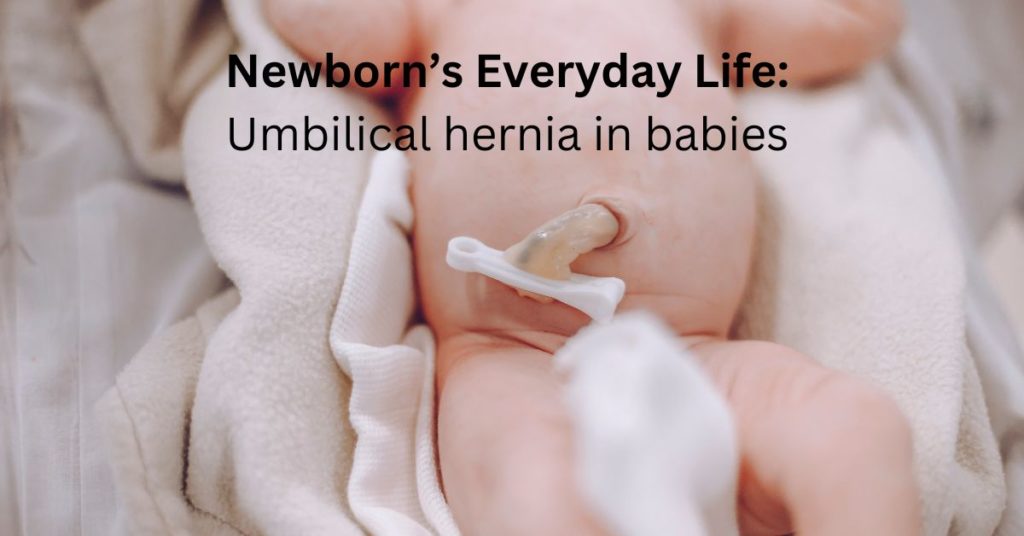What is an umbilical hernia?
It is the exit of the intestinal loops through the muscular ring of the navel, which is not yet elastic enough. It is very easy to notice the symptoms of bloating in the navel, they are also noticeable to parents. If you lightly press the baby’s navel, you can feel a gurgling.
If you suspect a progressive hernia, you should immediately contact a specialist, he will give recommendations for further care. Usually, no treatment is envisaged: the navel is hiding under the plaster by a pediatrician, it is not recommended to take ten days off. During this time, the umbilical ring is tightened, and the hernia threat is excluded. In some cases, a unique paper adhesive is used, it does not irritate the skin and is very well-fixed.
For the care of umbilical hernia, the following procedures are possible: gently hide the bowel loosened into the navel; form a vertical crease from the skin around the navel and apply a patch, leave in this position for a day; remove the plaster; likewise we make a horizontal fold and again paste the patch, it is better to fix the hernia with a few ribbons so that under the influence of abdominal pressure the fold does not fall apart.
Is the umbilical hernia dangerous if left untreated?
The leading candidates who have an umbilical hernia are preterm infants, and sometimes this pathology is congenital. If the defect only manifests itself, it does not entail a special danger. You can worry only if it is restrained. At home, it is very easy to check. Sometimes it is enough to understand how to properly process the umbilical wound of a newborn and fulfill these requirements in order to avoid pathologies.
You can put pressure on the navel: if the hernia does not fall and becomes firm, there is an infringement. This happens in 10% of children. This symptom already speaks of danger. The entrapment of the intestinal loop often occurs due to prolonged coughing or screaming. The umbilical ring is strongly compressed, spasm occurs, and possible necrosis is due to impaired blood circulation. A non-guided hernia is a clear indicator of the hospitalization of a newborn. All unsuccessful attempts to fix the loop of the intestine by massage lead to an emergency surgical intervention.
Preventive measures against hernia in newborns
To prevent the occurrence of a clamped hernia, a massage technique is provided: circular massaging clockwise for at least 7 minutes; Collective strokes to the navel (hill) at least 10 times; Fingering with the fingertips of the umbilical region for at least 3 minutes. By resorting to regular massaging, the risk of the pinched loop of the intestine is significantly reduced, and therefore surgical intervention is excluded.
In my next article here, you can learn more about a Newborn’s Everyday Life.
Please leave your comment below if you liked this article!






Pingback: (2022) Newborn’s Everyday Life: The Bath Moment (Part 4) | Childhealthcreation.com
Pingback: (2022) Main Influencers On The Formation Of A Child's Health | Childhealthcreation.com | How To Grow A Healthy Child?